What is the reason why bridge crane motors often burn out?
The frequent burnout of bridge crane motors is usually caused by a combination of mechanical, electrical, and operational factors. Below is a detailed analysis categorized by common causes:
一、Electrical System Issues
Voltage Instability
Low Voltage: Prolonged operation under voltage below the rated value (e.g., ≤90% of nominal voltage) increases current draw, leading to overheating. This is common in aging power grids or when multiple high-power devices start simultaneously.
Voltage Fluctuations: Sudden voltage spikes (e.g., from nearby motor startups) can damage the motor insulation, while dips may cause torque shortages, forcing the motor to work under overload.
Phase Loss or Unbalanced Phases
Phase Loss: When one phase of a three-phase motor is disconnected, the remaining two phases carry excessive current, causing rapid overheating (e.g., burnt windings within 10–30 minutes).
Phase Unbalance: Current imbalance (e.g., >10% difference between phases) creates unbalanced magnetic fields, increasing copper and iron losses in the motor.
Faulty Electrical Components
Contactor/Circuit Breaker Issues: Oxidized contacts or loose connections cause arcing, leading to intermittent power supply or phase loss.
Incorrect Relay Settings: Overcurrent relays set too high fail to trip in time, allowing prolonged overload.
二、Mechanical Overload and Abnormal Loads
Excessive Load
Overloading Beyond Rated Capacity: Lifting loads exceeding the motor’s torque rating (e.g., 120% of design capacity) causes stall or prolonged high-current operation.
Frequent Heavy Starting: Repeated starting under full load (e.g., in port cargo handling) wears brushes and increases rotor resistance, generating heat.
Mechanical Blockages or Friction
Jammed Wheels/Trolleys: Rust, debris, or misaligned tracks increase running resistance, forcing the motor to work harder (e.g., wheel bearings seized due to lack of lubrication).
Stuck Brakes: A partially engaged brake (e.g., due to oil contamination or mechanical failure) acts as a constant load, overheating the motor.
Misalignment or Rigidity Issues
Crane Girder Deflection: Excessive deflection (e.g., >L/700, where L is span) causes wheel binding, increasing motor load during travel.
三、Environmental and Cooling Problems
Inadequate Ventilation
Dust/Lint Accumulation: In steel plants or grain handling areas, dust coats the motor’s cooling fins, reducing heat dissipation (e.g., temperature rise ≥15°C due to 1mm dust layer).
Enclosed Spaces: Motors installed in poorly ventilated cabins (e.g., without forced fans) may overheat in high ambient temperatures (e.g., >40°C).
Contaminants and Corrosion
Moisture/Acid Gas Ingress: In coastal or chemical plants, humidity or corrosive gases damage insulation, leading to short circuits.
Metal Shavings/Oil Leaks: Lubricant leakage onto windings (e.g., from gearboxes) or conductive debris cause insulation breakdown.
四、Operational and Maintenance Deficiencies
Improper Operation
Frequent Reversing: Rapid forward/reverse switching (e.g., >5 times per minute) causes high inrush currents and mechanical stress on the rotor.
Long-term Idling Under Load: Holding a load in mid-air for extended periods without movement can overheat the brake resistor (in variable frequency drive systems).
Neglected Maintenance
Lack of Insulation Testing: Aging insulation (e.g., >10 years of service) may not be detected, leading to ground faults or inter-turn shorts.
Unchecked Bearing Wear: Worn bearings (e.g., with play >0.1mm) cause rotor misalignment, increasing eddy current losses and noise.
Incorrect Motor Selection
Inadequate Duty Cycle Rating: Using a S1 (continuous) motor for S3 (intermittent) operations (common in crane applications) leads to cumulative heat buildup.
五、System Design Flaws
Inappropriate Drive System
Old-fashioned Resistance Control: Traditional rotor resistance starters generate significant heat during speed regulation, especially in frequent starting scenarios.
Incorrect VFD Settings: Variable frequency drives set with too low acceleration/deceleration rates (e.g., <0.5Hz/s) cause current spikes.
Lack of Protection Devices
Missing Thermal Relays: Motors without thermal overload protection (e.g., class 10 or 20 relays) cannot prevent overheating in time.
Ineffective Overvoltage Protection: Surge protectors with low clamping voltage (e.g., >1.5pu) fail to shield against transient overvoltages from lightning or switching.
Preventive Measures
Electrical System: Install voltage stabilizers, phase sequence relays, and regular insulation resistance tests (≥1MΩ).
Mechanical Maintenance: Lubricate moving parts quarterly, check wheel alignment (≤0.5mm/m), and replace worn bearings proactively.
Operational Discipline: Train operators to avoid sudden load changes and limit starting frequency to ≤3 times per minute.
Environmental Upgrades: Use dust-proof enclosures (IP54 or higher) in harsh environments and install temperature monitors (e.g., PT100 sensors) for early warning.
一、Electrical System Issues
Voltage Instability
Low Voltage: Prolonged operation under voltage below the rated value (e.g., ≤90% of nominal voltage) increases current draw, leading to overheating. This is common in aging power grids or when multiple high-power devices start simultaneously.
Voltage Fluctuations: Sudden voltage spikes (e.g., from nearby motor startups) can damage the motor insulation, while dips may cause torque shortages, forcing the motor to work under overload.
Phase Loss or Unbalanced Phases
Phase Loss: When one phase of a three-phase motor is disconnected, the remaining two phases carry excessive current, causing rapid overheating (e.g., burnt windings within 10–30 minutes).
Phase Unbalance: Current imbalance (e.g., >10% difference between phases) creates unbalanced magnetic fields, increasing copper and iron losses in the motor.
Faulty Electrical Components
Contactor/Circuit Breaker Issues: Oxidized contacts or loose connections cause arcing, leading to intermittent power supply or phase loss.
Incorrect Relay Settings: Overcurrent relays set too high fail to trip in time, allowing prolonged overload.
二、Mechanical Overload and Abnormal Loads
Excessive Load
Overloading Beyond Rated Capacity: Lifting loads exceeding the motor’s torque rating (e.g., 120% of design capacity) causes stall or prolonged high-current operation.
Frequent Heavy Starting: Repeated starting under full load (e.g., in port cargo handling) wears brushes and increases rotor resistance, generating heat.
Mechanical Blockages or Friction
Jammed Wheels/Trolleys: Rust, debris, or misaligned tracks increase running resistance, forcing the motor to work harder (e.g., wheel bearings seized due to lack of lubrication).
Stuck Brakes: A partially engaged brake (e.g., due to oil contamination or mechanical failure) acts as a constant load, overheating the motor.
Misalignment or Rigidity Issues
Crane Girder Deflection: Excessive deflection (e.g., >L/700, where L is span) causes wheel binding, increasing motor load during travel.
三、Environmental and Cooling Problems
Inadequate Ventilation
Dust/Lint Accumulation: In steel plants or grain handling areas, dust coats the motor’s cooling fins, reducing heat dissipation (e.g., temperature rise ≥15°C due to 1mm dust layer).
Enclosed Spaces: Motors installed in poorly ventilated cabins (e.g., without forced fans) may overheat in high ambient temperatures (e.g., >40°C).
Contaminants and Corrosion
Moisture/Acid Gas Ingress: In coastal or chemical plants, humidity or corrosive gases damage insulation, leading to short circuits.
Metal Shavings/Oil Leaks: Lubricant leakage onto windings (e.g., from gearboxes) or conductive debris cause insulation breakdown.
四、Operational and Maintenance Deficiencies
Improper Operation
Frequent Reversing: Rapid forward/reverse switching (e.g., >5 times per minute) causes high inrush currents and mechanical stress on the rotor.
Long-term Idling Under Load: Holding a load in mid-air for extended periods without movement can overheat the brake resistor (in variable frequency drive systems).
Neglected Maintenance
Lack of Insulation Testing: Aging insulation (e.g., >10 years of service) may not be detected, leading to ground faults or inter-turn shorts.
Unchecked Bearing Wear: Worn bearings (e.g., with play >0.1mm) cause rotor misalignment, increasing eddy current losses and noise.
Incorrect Motor Selection
Inadequate Duty Cycle Rating: Using a S1 (continuous) motor for S3 (intermittent) operations (common in crane applications) leads to cumulative heat buildup.
五、System Design Flaws
Inappropriate Drive System
Old-fashioned Resistance Control: Traditional rotor resistance starters generate significant heat during speed regulation, especially in frequent starting scenarios.
Incorrect VFD Settings: Variable frequency drives set with too low acceleration/deceleration rates (e.g., <0.5Hz/s) cause current spikes.
Lack of Protection Devices
Missing Thermal Relays: Motors without thermal overload protection (e.g., class 10 or 20 relays) cannot prevent overheating in time.
Ineffective Overvoltage Protection: Surge protectors with low clamping voltage (e.g., >1.5pu) fail to shield against transient overvoltages from lightning or switching.
Preventive Measures
Electrical System: Install voltage stabilizers, phase sequence relays, and regular insulation resistance tests (≥1MΩ).
Mechanical Maintenance: Lubricate moving parts quarterly, check wheel alignment (≤0.5mm/m), and replace worn bearings proactively.
Operational Discipline: Train operators to avoid sudden load changes and limit starting frequency to ≤3 times per minute.
Environmental Upgrades: Use dust-proof enclosures (IP54 or higher) in harsh environments and install temperature monitors (e.g., PT100 sensors) for early warning.
related article
> Gantry Crane Structure
> Filipino Customer Places an Order for a Rail Transfer Cart
> Gantry crane and jib crane project
> How to Choose a Gantry Crane
> A Double Girder Overhead Crane to Bangladesh
> What are the two types of mobile gantry cranes?
> What is the difference between hook crane and electric hoist crane?
> overhead crane operation safety rules


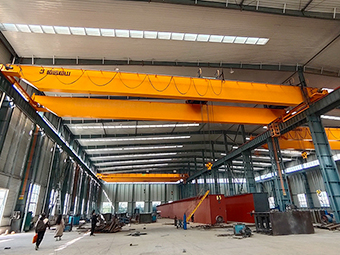
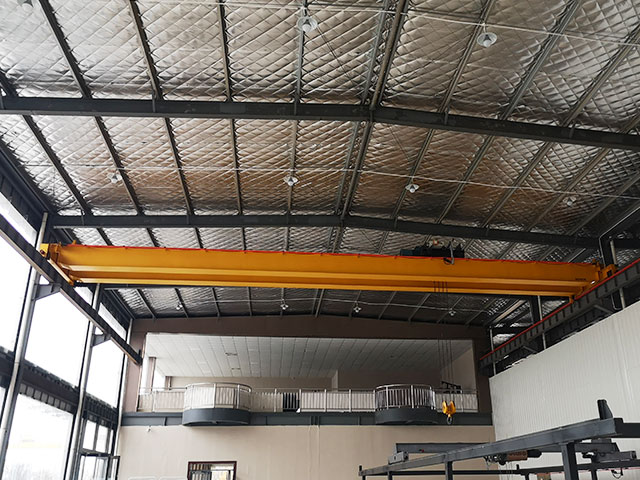
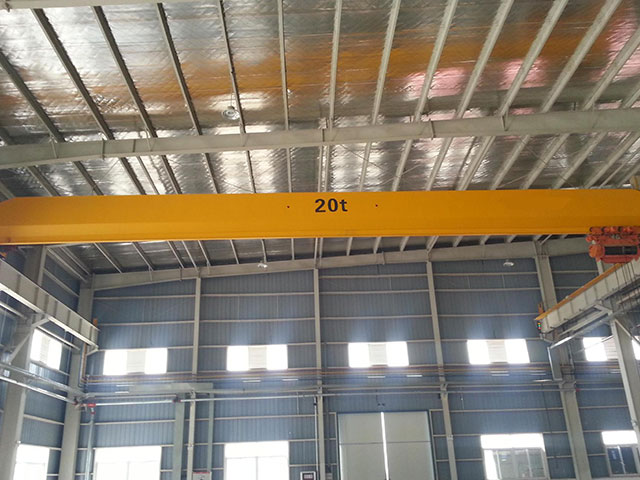
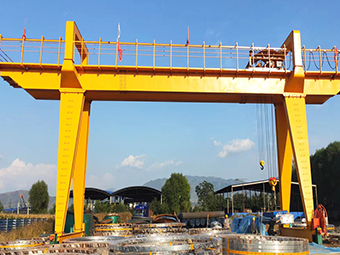
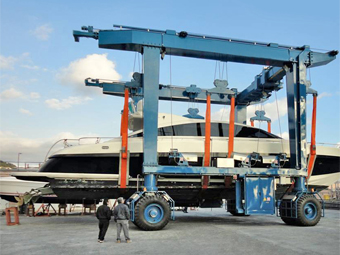
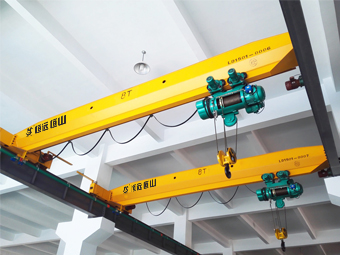
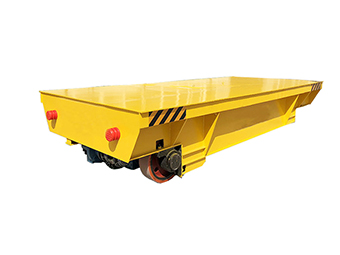
.jpg)
.jpg)
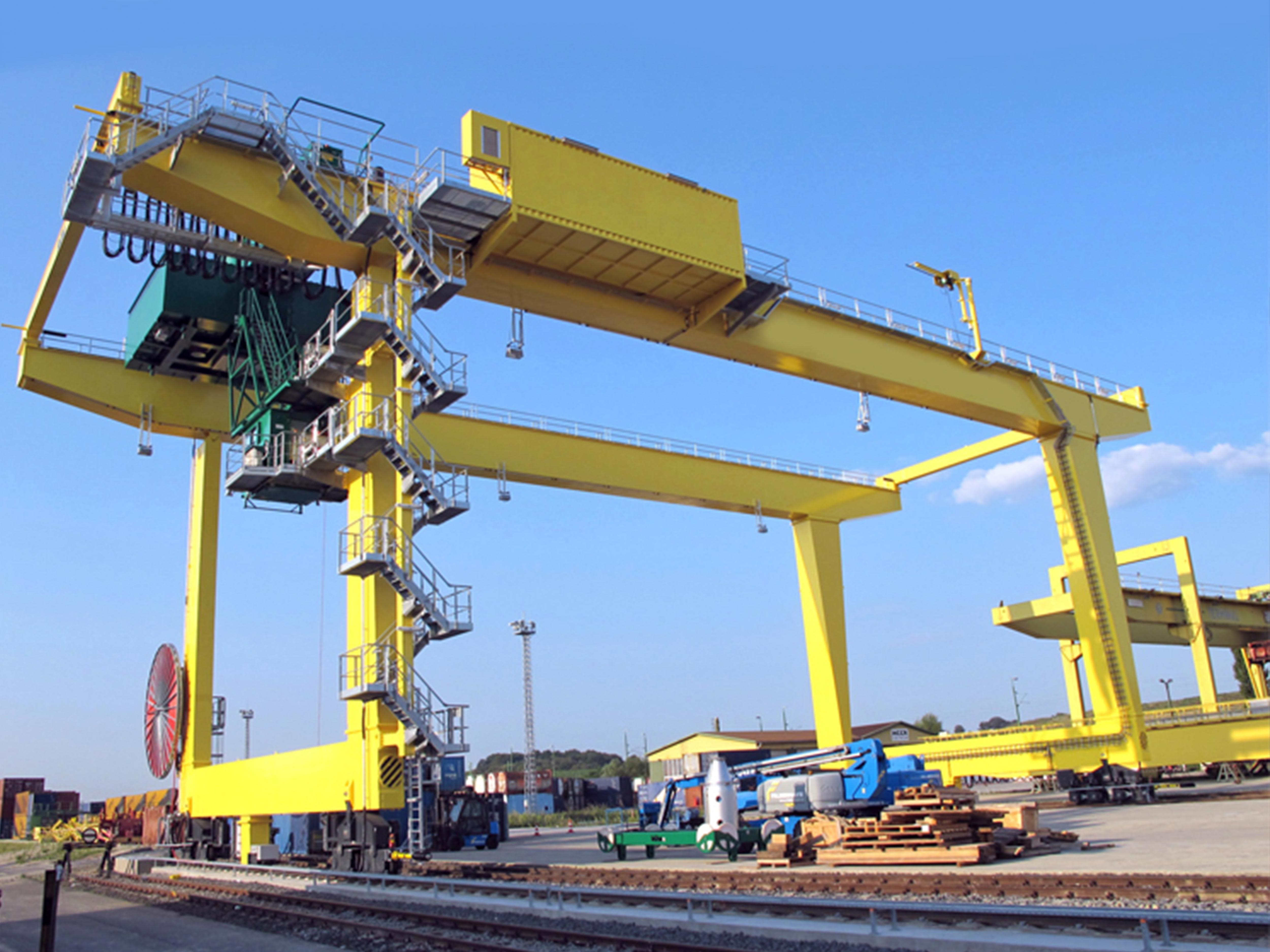
.jpg)
.jpg)



